10 Situations When Ship’s Generator Must be Stopped Immediately
The generator onboard, being the powerhouse of the ship, requires regular maintenance and overhauling to ensure efficient and safe operations. A responsible marine engineer will never wait to carry out maintenance procedures until its machinery is on the edge of a breakdown. Instead, he/she will take all necessary precautions to prevent his ship from any impending troubles, which can take place because of engine room machinery failure or breakdown.
There is a thin line between the starting of a problem and the problem taking the shape of a major issue. It is only a ship’s engineer who can assess this situation.
Still, cases are observed every year wherein the auxiliary engine breakdown occurs even after giving several indications, foreboding the unfortunate.

Listed below are ten cases wherein you must immediately start the standby engine and stop the auxiliary engine in “trouble” before a dangerous situation takes shape of a major disaster:
1. Abnormal/ Queer Sound: The ship’s generator engine comprises of heavy oscillating and moving parts. The attached auxiliaries such as turbochargers, pumps etc. are also high-speed machines which produce a good amount of sound. Any abnormal sound, no matter how faint, must never be ignored. In case of an unusual sound, the engine should be immediately stopped and troubleshooting must be carried out.
Incorrect Approach: The engine room is equipped with hundreds of machinery systems. When the power-plant is in operation, sounds from other machinery can suppress an abnormal sound. Even if you hear something unusual from the generator, you may think it’s coming from nearby environment or machinery. Never ignore even the slightest abnormal sound. Take a second opinion and stop the engine for checks.
2. Smoke: When you see smoke coming from or near the generator, it’s high time to stop the generator immediately. No need to offload the generator as the situation has already passed the danger level. Use the emergency stop button provided in a local or remote station. Smoke can be due to friction between moving parts, overheating etc.
Incorrect Approach: PANIC is the first thing that will strike a person when smoke or fire is seen. It might reduce the engineer’s thinking process, which will eventually slow down the approach.
Never panic in such situation. Use the remote start button for the standby generator, which will come on-load almost immediately (normally done through local), and emergency stop the running generator.
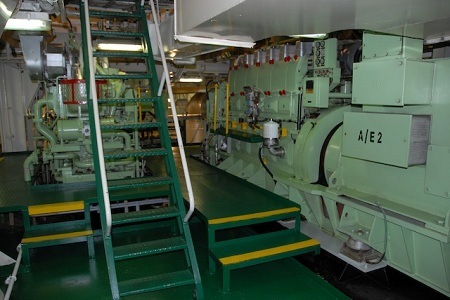
3. Unusual Lubricating Oil Parameters: If the lubricating oil temperature has increased beyond normal or the oil pressure has dropped below the adequate level, stop the generator immediately and find out the troubling issue, which might be a dirty lube oil cooler or chocked filter.
Incorrect Approach: If you noticed a drop in pressure, the first thing comes to mind is to change to standby filter. If your standby filter is not primed and put in service in running condition, due to airlock major bearing damages can occur. It’s always better to stop the machinery and then change it to standby filter, only after priming the same.
4. Higher Differential Pressure: Differential pressure is a term used to assess the condition of lube oil filter by providing a pressure measurement before and after the filter. The difference between the before and after filter pressures is displayed by a gauge. If the differential pressure is in the higher range, stop the generator and change to standby filter.
Incorrect Approach: On numerous occasions, it has been observed that the generator is allowed to run even when the differential pressure alarm is sounded during maneuvering. Engineers usually prefer not to take risk of changing the filter in running condition, as it may lead to blackout if the filter does not perform correctly. They thus plan to change it once the maneuvering is over. However, due to this sometimes the differential pressure increases further and there is a sudden drop in oil pressure, which trips the generator in between maneuvering. It is very much possible to find bearing metal particles when filters are opened for cleaning. This shows that most of the times engineer is aware of the filter problem but fail to see the bigger picture.
5. Overspeed: Generator is a high-speed machinery and over-speeding of generator engine has resulted in explosions and causality in the past. Over-speeding of the generator is caused mainly due to a problem in the fuel system, specifically malfunction of the governor. If the generator is running above its rated speed and still does not trip (Read about overspeed trips here), engineers must stop the generator immediately to avoid a major accident. Crankcase inspection and renewal of bottom end bolts is then to be carried out.
Incorrect Approach: During trial running of generator after overhauling, the governor droop is altered to get required speed as stated in the manual. It may happen that the generator over-speeds due to wrong setting or due to stuck fuel rack during this time. Cases of not checking the crankcase and not renewing the bottom end bolts are common causes which lead to bearing damages.
6: Cooling Water Supply: Cooling water supply is an essential entity to ensure a smooth running of all high temperature moving parts. If there is no cooling water supply due to the failure of pumps, the generator should be stopped immediately to avoid overheating damage.
Incorrect Approach: If there is no cooling water pressure in the line, sometimes engineers try to release air from the purging cock provided near the expansion tank line of the generator. If the water supply is not available (due to the failure of supply pump), it will lead to further increase in the temperature and stopping of the generator at a later stage, resulting in the seizure of moving parts. Always stop the generator first and then do the troubleshooting. Once the generator is stopped due to starvation of water, flywheel should be rotated with lubrication to avoid seizing of parts.
7: Leakage from Pipings: If any leakage is found from the fuel, lube oil or cooling water pipe, it is to be rectified only after stopping the generator. This will allow the engineer to tackle the leakage easily and better maintenance can be carried out.
Incorrect Approach: If there is a small fuel oil or a water leak from any of the pipe connections, tightening of the connection may stop the leak but over-tightening may lead to a sudden increase in the leakage and with high-temperature fuel and water splashing, it can cause a severe burn to the operator skin.
8. Vibration and Loose Parts: Vibration is one of the main causes which increase the wear rate of moving parts. If loose bolts are found or heavy vibration is detected when the engine is running, stop the generator engine immediately and find the cause for rectification.
Incorrect Approach: It is not a common practice to check the tightness of the foundation bolts of the generator and its attached auxiliaries such as turbocharger etc. on ships. It has been found that many shipping company’s PMS do not include the foundation bolts and other bolts tightening checks in the routine.
9. Non-functional Alarms and Trips: During any point of time, if an alarm of the running generator is detected not to be working, then the generator needs to be stopped immediately as there is a possibility that other important alarms and trips are also not working. This can lead to major failure if an accident occurs in the generator.
Incorrect Approach: Ship crew on several vessels have a tendency to ignore alarms which they think are not important. It is many times observed by Port State Control (PSC) that generator alarms and trips are either not working or wrongly set. Such situations will do no good in saving the generator from disaster. Check all the alarms and trips on weekly basis.
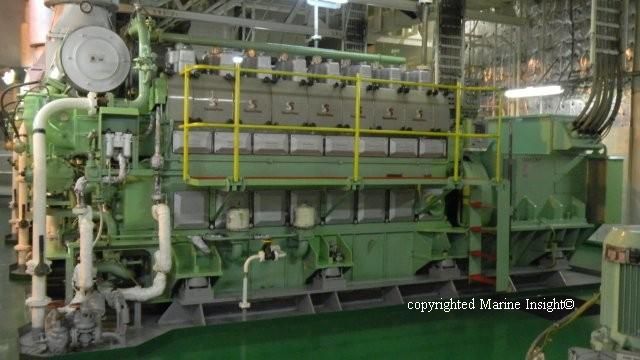
10. Water in Oil: Water leaking in oil will decrease the load carrying capacity of the oil and leads to bearing damages. In such cases, the generator must be stopped if the water content is very high. Immediately find the leakage and renew/purify the sump oil before bringing the generator back in operation.
Incorrect Approach: Several cases have been found wherein the generator lube oil tests were not carried out regularly and the generator was allowed to run with water content in the oil. The effect of small amount of water is not immediately seen, but it will corrode and damage important parts of crankshaft and bearings in the long run.
The stopping of the generator is not limited to above points. There can be several other reasons which would require generators to be stopped immediately. However, it is the duty of the engineer to use his expertise and knowledge to avoid any kind of breakdown well ahead of time.
A wise engineer always think of the worst and hope for the best!
Over to you…
Do you know any important sign which suggests the ship’s generator should be immediately stopped?
Let’s know in the comments below.
Disclaimer :
The information contained in this website is for general information purposes only. While we endeavour to keep the information up to date and correct, we make no representations or warranties of any kind, express or implied, about the completeness, accuracy, reliability, suitability or availability with respect to the website or the information, products, services, or related graphics contained on the website for any purpose. Any reliance you place on such information is therefore strictly at your own risk.
In no event will we be liable for any loss or damage including without limitation, indirect or consequential loss or damage, or any loss or damage whatsoever arising from loss of data or profits arising out of, or in connection with, the use of this website.
Do you have info to share with us ? Suggest a correction
Disclaimer :
The information contained in this website is for general information purposes only. While we endeavour to keep the information up to date and correct, we make no representations or warranties of any kind, express or implied, about the completeness, accuracy, reliability, suitability or availability with respect to the website or the information, products, services, or related graphics contained on the website for any purpose. Any reliance you place on such information is therefore strictly at your own risk.
In no event will we be liable for any loss or damage including without limitation, indirect or consequential loss or damage, or any loss or damage whatsoever arising from loss of data or profits arising out of, or in connection with, the use of this website.

About Author
An ardent sailor and a techie, Anish Wankhede has voyaged on a number of ships as a marine engineer officer. He loves multitasking, networking, and troubleshooting. He is the one behind the unique creativity and aesthetics at Marine Insight.
Latest Marine Technology Articles You Would Like:
- 10 Situations When Ship’s Generator Must be Stopped Immediately
- 10 Important Tests for Major Overhauling of Ship’s Generator
- 8 Important Points To Note For Maintenance Of Emergency Generators On Ship
- Understanding Different Operational Modes Of Shaft Generator On Ships
- Ways of starting and testing emergency generator
- What’s The Criteria For Reuse or Replacement of Auxiliary Engine Connecting Rod On Ships?
Subscribe To Our Newsletters
By subscribing, you agree to our Privacy Policy and may receive occasional deal communications; you can unsubscribe anytime.




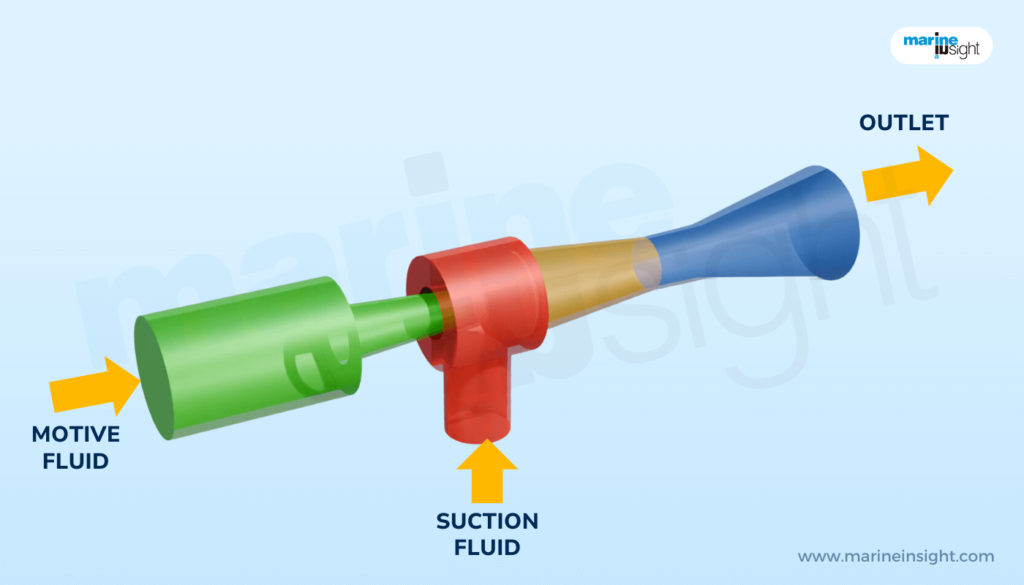
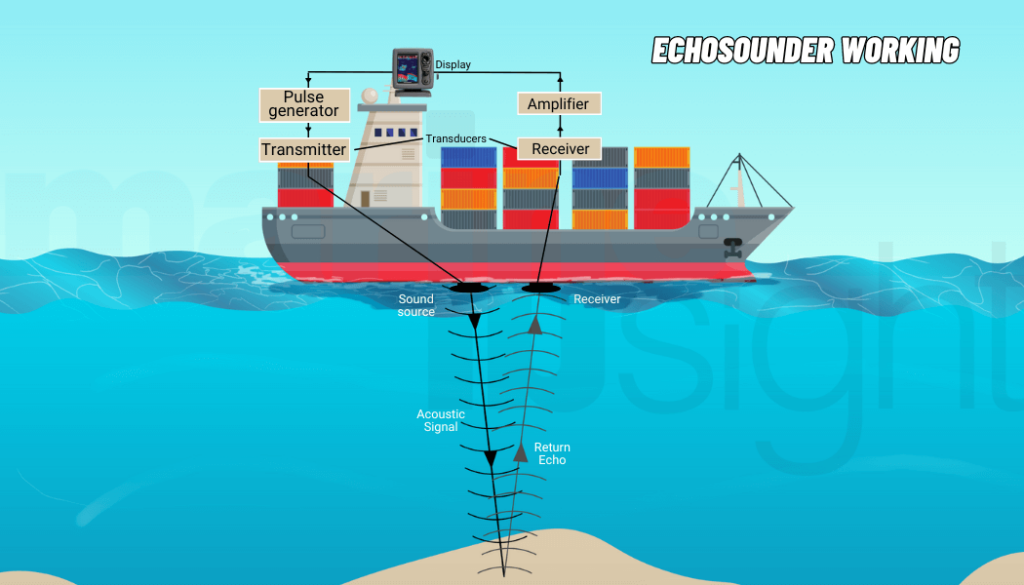
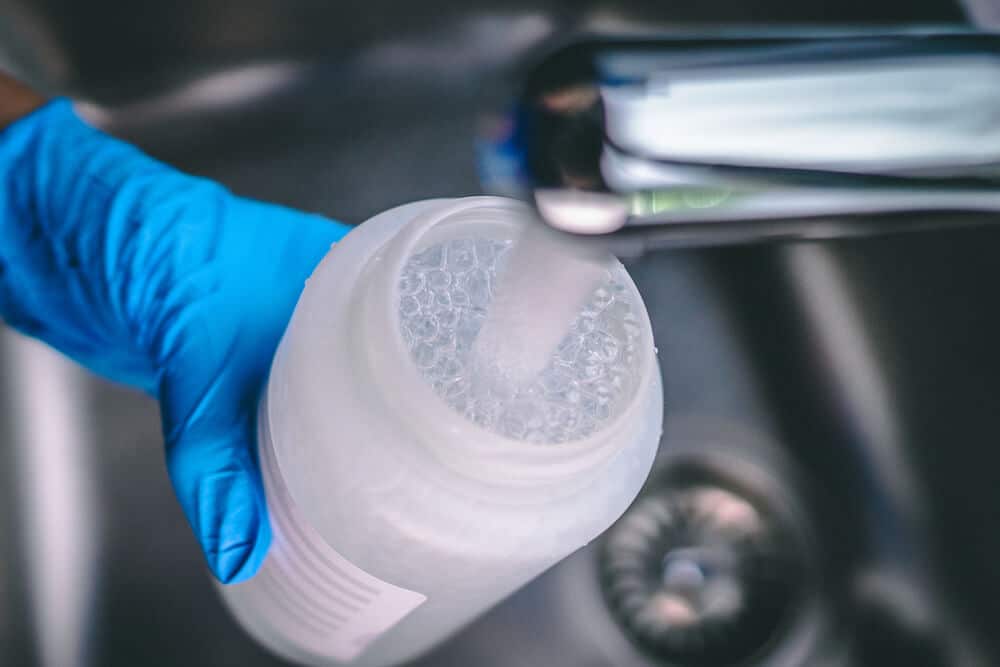
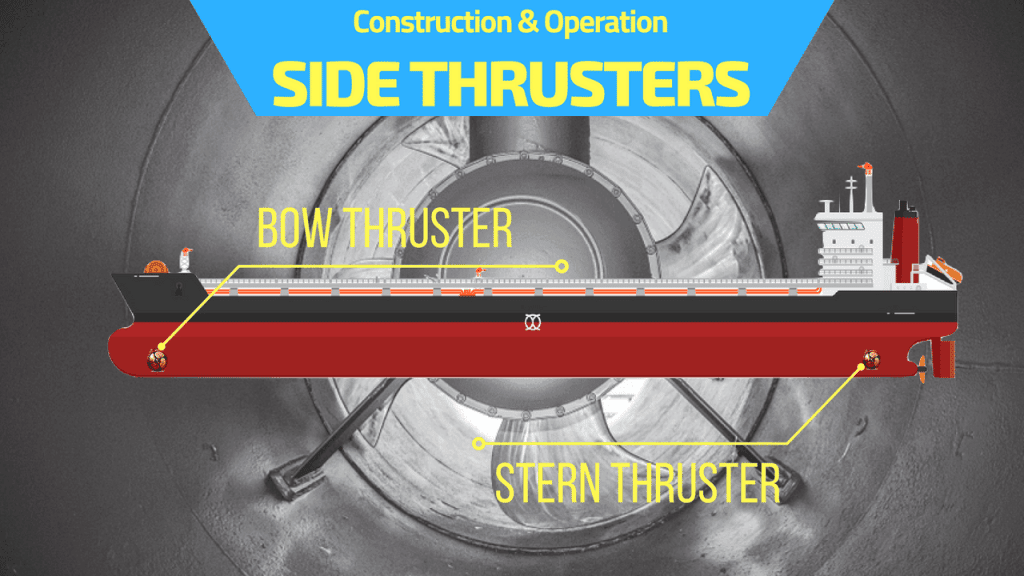
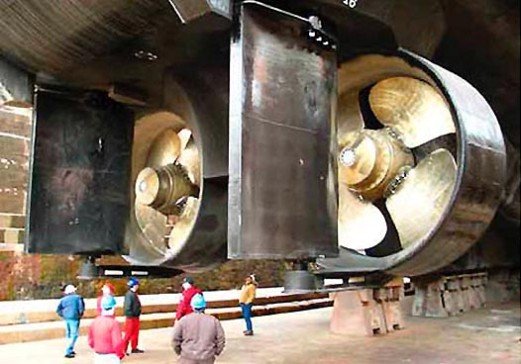
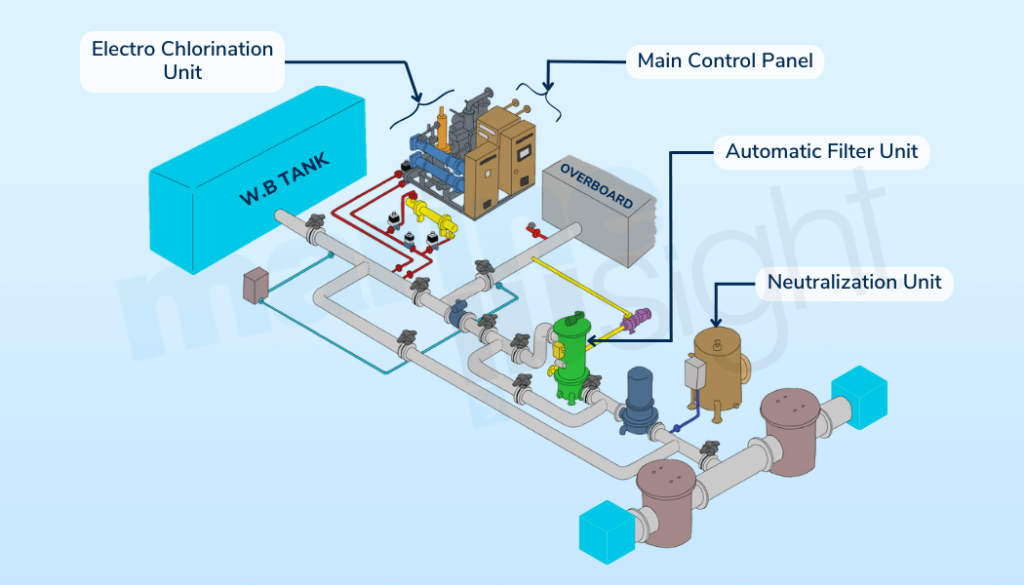

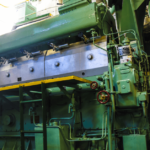
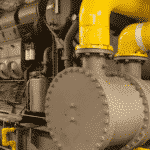

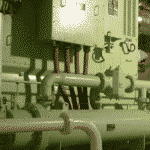
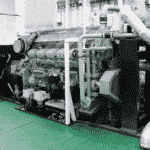
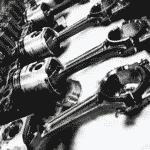
I will like to be giving update on ur lectures
@ Prince: For that, you can subscribe to our blog here: https://www.marineinsight.com/subscribe/
no comment
Loss of or declining fuel pressure.
With the water in oil fact it is important to add that as the oil is not only used to lubricate but to refrigerate as well, flowing water in the hotter spaces of the engine block forces it to evaporate, increasing the pressure of parts not designed to sustain high pressures, this leads to undesired stresses plus leaking vapour to other parts of the engine, including the combustion cilinders. Pressurized water an oil will additionaly get mixed forming an emulsion (white colored solution normally noticed when having water leakages), this emulsion has different viscocity characteristics than the initial oil, affecting therefore the lubricating capacity of the system too.
1.Exhaust temp deviation more than 50deg c
2.Smoke from funnel of running generator
3. Fluctuating voltage and amps of running machinaries
4.knocking sound and smoke frim T/C
5.
55
Important think: should Implementing the Plan maintenance system and use troubleshooting issued by the engine maker it self. the other instruction for refrence only